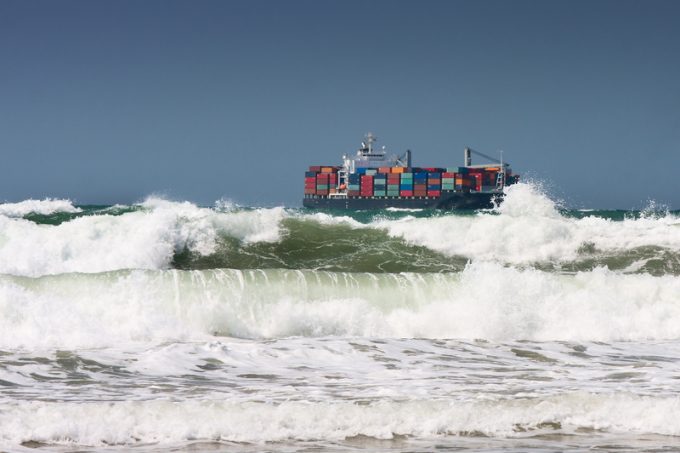Service return to using Suez Canal 'just a one-off' says CMA CGM
Despite positive ceasefire developments, stakeholders should not expect container lines to immediately return to using ...

Asia-to-Europe shippers are facing huge increases in sea freight costs, due to the escalation in missile and drone attacks by Houthi rebels on merchant shipping on passage to and from the Suez Canal.
Ocean carriers are already adding war-risk surcharges to shipper invoices, but with the situation deteriorating daily, shipping lines will increasingly look to re-route vessels around the Cape of Good Hope, rather than transiting the Suez Canal.
This will add some 10 days to ...
Volcanic disruption at Anchorage could hit transpacific airfreight operations
Macron calls for ‘suspension’ – CMA CGM's $20bn US investment in doubt
Forwarders stay cool as US 'liberation day' tariffs threaten 'global trade war'
Shippers snap up airfreight capacity to US ahead of tariff deadline
De minimis exemption on shipments from China to the US will end in May
Tighter EU import requirements proving 'a challenge' for forwarders
Looming Trump tariffs will create 'a bureaucratic monster' for Customs

Comment on this article